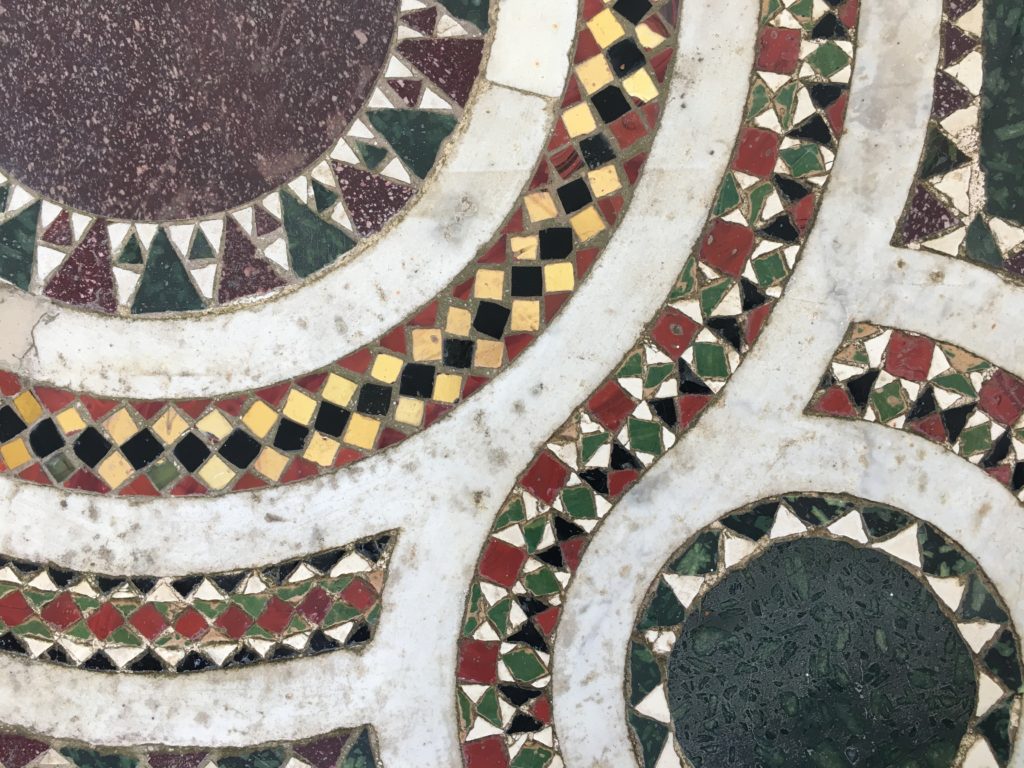The use of the self includes far more than posture, shape, movement quality and coordination. Use is an entire expression and response to the changes, shifts, demands and delights of life. Students and teachers of the Alexander Technique refine...
The use of the self includes far more than posture, shape, movement quality and coordination. Use is an entire expression and response to the changes, shifts, demands and delights of life.
Students and teachers of the Alexander Technique refine the entire integrated instrument by which they learn. This refinement requires attention, intention and time, but not in a furrowed brow, “get it right” manner. Instead, we allow new solutions, beginning with simple activities (rising from a chair with surprising ease, for instance). We begin to more accurately see our habitually fixed responses so we can unfix, undo, allow a new mode. We seek dynamic non-interference, and welcome overall quieting. This is an incremental learning, as so much unlearning has to be dared. Use becomes an attitude, a way of living, as we take this shifting instrument of self into all of our activities. We become curious instead of critical, less fixed and perhaps more forgiving.
Due to a diagnosis requiring immediate pharmaceutical intervention, I was prescribed a high dose of steroidal medication. This class of drugs has many potential side effects, most notable being increased irritability and impatience. Now, I am by no means suggesting that Alexander skills have medical effects, or to make any health claims whatsoever, but I have found I can use these less than ideal conditions to continue to learn with Alexander principles as my guideline.
Since the medication amplifies emotional reactivity, I decided to see this as “good news”, which helped me allow curiosity. I have enhanced perception rather than enhanced reaction. Indeed, there are no “new” irritabilities; I am irritable and impatient about the same stuff, just more dramatically and noticeably! I have increased cues so I can allow a pause, welcome support from the ground, notice the movement of breath, and see the world outside of myself. I can notice more clearly how impatience is indicated by muscular fixing (face tightens, rhythm of breath changes). I don’t want to tighten and fix, and I can’t remain irritable if I don’t tighten and fix. There is my area of choice.
I ask for overall undoing. I forgive my many flaws. I welcome the data so I can continue learning how to learn.
Onward with the adventure.










